More than 500 million people use Instagram Stories every day. And those Instagram users have a keen eye for new products and trends. 58% say they’ve become more interested in a product or brand after seeing it in Stories. And half say they’ve actually visited a website to buy a product or service after seeing it in Stories.
So perhaps it’s no surprise that 4 million businesses advertise on Stories every month.
In this post, you’ll learn everything you need to know about how to use Instagram Stories for business.
Download your free pack of 20 customizable Instagram Stories templates now. Save time and look professional while promoting your brand in style.
How to use Instagram Stories
Instagram Stories are vertical, full-screen photos and videos that disappear after 24 hours. They appear at the top of the Instagram app, rather than in the news feed.
They incorporate interactive tools like stickers, polls, and Instagram Story filters to make your content really pop. Here’s how to get started with the format.
How to make Instagram Stories
- In the app, click the plus icon at the top of the screen.
- At the bottom of the screen, choose STORY from the menu.
- Optional: If you want to switch to the selfie camera, tap the switch-camera icon on the bottom right.
- Tap the white circle at the bottom of the screen to take a picture, OR…
- Press and hold the white circle to record video, OR…
- Swipe up (or select the square camera roll icon on the left) to use pre-existing photos or videos.
On the left of the screen, you can select a format to experiment with: Create, Boomerang, Layout, Multi-Capture, Level, or Hands-Free.
How to check your Instagram Story views
If your Insta Story is still live — meaning less than 24 hours have passed since you posted it, just tap the Your Story icon on the app main page to see a viewer count for your Story. Tap the number in the bottom left to get a list of the people who make up those Instagram Story views.
After 24 hours, once your Instagram Story has disappeared, you can still access insights, including reach and impressions.
Reach is the number of unique accounts that viewed your Story. Impressions is the total number of times your Story was viewed.
Here’s how:
- On the app’s homepage, tap your profile photo at the bottom right of the screen.
- Tap Insights.
- Choose the time period you’d like Insights for: 7, 14, or 30 days, the previous month, or a custom timeframe.
- Scroll down to Content You Shared and tap on Stories.
- Choose your metric and time period.
Source: Instagram
How to use Instagram Stories stickers
To add a sticker to your Instagram Story:
- Start creating your Story following the steps above.
- Once the photo or video is ready to go, tap the sticker icon at the top of your screen—it’s the square that’s smiling and has a folded corner.
- Select the type of sticker you’d like to use. Each type has its own properties, so experiment to see how each one behaves when you tap on it. You can pinch and drag to relocate and resize the sticker.
Source: Instagram
How to add a hashtag to your Instagram Stories
Adding a hashtag to your Insta Story makes it discoverable to a wider audience.
There are two ways to add a hashtag to your Story:
- Use the hashtag sticker (tap the sticker icon at the top of your screen—the smiling square with the folded corner).
- Use the regular text function (tap the text icon—the one that says Aa) and use the # symbol.
Either way, once you start typing, Instagram will suggest some popular hashtag ideas to get you going. You can add up to 10 hashtags to your Stories. (In which case we recommend shrinking them down and hiding them behind stickers, gifs, or emojis — learn how to do that from our Instagram Story hacks post.)
How to add a location to your Instagram Stories
Like hashtags, adding a location to your Instagram Story expands its potential reach beyond your follower list.
Places and businesses may have a location page. Users can find the location page under the Places tab when they search, or by tapping on the location in another user’s post. If your Story ends up there, you could end up with a lot more views.
And if you have a brick-and-mortar business, your location page is where your happy customers can showcase their experience with you, and potential customers can check you out. (In order to set up a location page for your business, you’ll need an Instagram business account.)
To use a location sticker on an Instagram Story:
- Tap the sticker icon at the top of your screen.
- Select the location sticker.
- Choose your preferred location from the list (could be a store, a street, a city — get as broad or as specific as you like).
- Tap and drag to adjust the sticker’s color and size and location so it complements your Story’s look.
How to add captions to Instagram Stories
60% of people watch Instagram Stories with the sound on. That means, of course, that 40% watch with the sound turned off. If you’re posting videos, captions are a great way to make your content more useful to that 40% of people.
Captions are also an important way to help make content more accessible.
Instagram will auto-create captions for your video Stories if you add the captions sticker.
- Start creating your Story. The captions sticker will only appear if you use a video.
- Once the video is ready to go, tap the sticker icon at the top of your screen.
- Tap the Captions sticker.
- Instagram will auto-create captions. It’s a good idea to take a look and see how good a job the tool did at capturing what you actually said. If it got something wrong, tap the text to edit any word.
- You can change the caption font and color using the tools at the top and bottom of the screen. When you’re happy with the captions, tap Done.
- You can pinch and drag the caption to relocate and resize it as you would with any other sticker.
If you use the Music sticker to add music to your story, you can caption your video with music lyrics.
- Start creating your Story. The music sticker will only appear if you use a video.
- Once the video is ready to go, tap the sticker icon at the top of your screen.
- Tap the Music sticker.
- Select a song from the suggestions or search for a specific song.
- Use the slider at the bottom of the screen or scroll through the lyrics to get to the section of the song you want to use.
- You can change the caption font and color using the tools at the top and bottom of the screen. When you’re happy with the captions, tap Done.
- You can pinch and drag the caption to relocate and resize it as you would with any other sticker.
How to use Instagram Stories highlights
Stories don’t have to disappear after 24 hours. Highlighting keeps them pinned to your profile until you choose to delete them. This is a great way to showcase your best, brand-defining content.
Each highlight can contain as many Stories as you like, and you can keep adding to them as you post new content.
How to create an Instagram Stories highlight:
- If the Story is less than 24 hours old and still visible on Instagram, just tap Your Story to open it, OR…
- If the Story is more than 24 hours old, retrieve it from your archive. Tap your profile icon at the bottom right, then tap the menu icon (three lines) in the top right. Tap Archive. Scroll back to the Story you want to highlight.
- In the lower right corner of the screen, tap the highlight icon.
- Choose the highlight to which you’d like to add the Story, OR…
- Create a new highlight.
Check out our full guide to Instagram Story highlights, including icons and covers.
Instagram Stories on Explore
The Instagram Explore page is the collection of algorithm-selected photos and videos that appears when you click the magnifying glass icon. Getting on the Explore page usually means a boost in reach and engagement, because the algorithm is showing your content to fresh, interested eyes.
So how do you increase your Stories’ chance of getting featured there? Instagram says that the biggest ranking signals of what you’ll see in your Explore feed are:
- How many and how quickly people are interacting with the post
- Your interaction history with the person who posted
- Which posts you’ve interacted with in the past
- Information about the person who posted, like how many times other people have interacted with them recently
Here’s some information about how to create content that’s most likely to appear on Instagram’s Explore page.
How to use Instagram Stories polls
To create an Instagram Story poll:
- Start creating your Story following the steps above.
- Once the photo or video is ready to go, tap the sticker icon at the top of your screen.
- Choose the Poll sticker.
- Enter your question
- Enter your two potential responses. The default is Yes/No, but you can type any response up to 24 characters, including emojis.
- Let your poll run for 24 hours.
- Don’t forget to share the results!
Source: OfficeLadiesPod on Instagram
How to use Instagram Stories questions
Like polls, IG Stories questions offer a way to make your Stories interactive.
Download your free pack of 20 customizable Instagram Stories templates now. Save time and look professional while promoting your brand in style.
Instead of asking your followers what they think, the questions sticker allows your followers to ask you questions. Think of it as the Instagram equivalent of an Ask Me Anything.
To use Instagram Stories questions:
- Start creating your Story following the steps above.
- Once the photo or video is ready to go, tap the sticker icon at the top of your screen.
- Choose the Questions sticker.
- Customize the text of the question prompt.
- Tap Done.
You’ll find the questions in your viewers list. Tap any question to share it and reply. The identity of the asker will not be revealed.
Source: Team Canada on Instagram
How to add links to Instagram Stories
In order to add Swipe Up links to Instagram Stories, you need to either have 10,000 followers or have a verified account.
If that’s you, read on. If not, skip to the video at the bottom of this section for a simple hack to add links to Stories even without 10,000 followers.
How to add a Swipe-Up link on Instagram Stories:
- Start creating your Story following the steps above.
- Once the photo or video is ready to go, tap the link icon at the top of your screen.
- Paste your link.
- Tap Done or the green check (depending on your type of phone).
Don’t have 10,000 followers or a verified account? Here’s a hack to add links to your Stories:
Of course, there’s one final way to add a link to IG Stories, and that’s to pay for it. Instagram Stories ads always include a link.
How to use Instagram Stories shopping
If you haven’t already set your business up for Instagram Shopping, you’ll need to do that first. Check out our step-by-step guide to setting up Instagram Shopping for all the details.
Once you’ve got your account set up, just use the shopping sticker to make your Stories shoppable.
- Create your Story as usual.
- Before you share, tap the sticker icon at the top of the screen.
- Tap the Product sticker.
- Choose the product from your catalog that you want to tag.
- Move and adjust the shopping sticker by dragging and tapping.
- Share your Story.
Source: Instagram
Instagram Stories sizes
If you’re designing or editing your Stories on desktop, or uploading a Stories ad to Facebook Ads Manager, you’ll need to keep these numbers from Facebook in mind:
- Recommended image ratio: 9:16 (all feed ratios are supported, but this ratio maximizes the Stories format)
- Recommended resolution: 1080×1920 (minimum resolution is 600×1067 with no maximum, though very high resolution may increase upload times)
- Maximum file size: 30MB for images, 250MB for video
- Title-safe area: Leave a 14% title-safe area at the top and bottom (in other words, don’t put text or logos in the top or bottom 250 pixels of the Story, to avoid overlapping with the app’s interface)
Instagram Stories tips and tricks
Before we dive into this list of tips, here’s a quick video primer with some strategies to optimize your Instagram Stories:
Now let’s get into our specific Instagram Stories tips.
Shoot vertical and lo-fi
If you’re just getting started, there’s nothing wrong with repurposing existing creative assets for IG Stories. In fact, if you want to run Stories ads, Instagram will automatically optimize existing content for the Stories format.
But realistically, you’ll have better results if you plan and shoot your Stories content in vertical format right from the start. The good news is you don’t have to get fancy. In fact, Instagram found that Stories ads shot on mobile devices outperformed studio shot ads by 63%.
That’s because mobile-shot Stories from brands look more like the content regular users post. By blending in with what users expect to see, brands can create a more immersive and less intrusive experience.
For example, KLM’s Stories series Live With Locals uses low-production, mobile-shot videos in which local residents showcase cities KLM flies to.
Source: KLM on Instagram
Define your brand’s visual identity
Yes, we just said low production value is A-OK. That doesn’t mean you can forget the fundamentals of visual branding. For example, notice that the KLM Story above uses the airline’s signature colors of blue and white for the text. And, of course, there’s the flight attendant at the bottom of the screen encouraging you to swipe up.
Consistent visuals help nurture your relationship with your audience: they should recognize your style without having to check your username.
Using consistent colors, fonts, gifs, and Instagram Stories templates is a great start. A style guide is a good place to track all your design decisions so you can keep your brand’s tone unified and your team on the same page.
If you don’t have a design team and you feel a little unsure of where to start, there are plenty of Stories-focused design apps to help you get this right.
Use quick cuts and motion to keep attention
Images are shown for 5 seconds on Stories, and videos last up to 15. But how often have you actually looked at a still image in Stories for a full five seconds? I’m guessing approximately never. And that holds true for your followers, too.
Instagram’s parent company Facebook found that top-performing Stories ads have an average scene length of just 2.8 seconds. For videos, use quick cuts and keep things moving.
For still images, you can create motion that holds your viewer’s attention using stickers like animated GIFs or the new animated text sticker.
Now you can make your story text move

Just tap the animate button when creating your story. pic.twitter.com/G7du8SiXrw
— Instagram (@instagram) February 8, 2021
Maximize the first three seconds
The most effective Stories convey their key message in the first three seconds. That might sound fast, but count it out — it actually gives you plenty of time to get to the point.
Consistent, branded visuals with a clear unique selling proposition right upfront will give viewers reason to keep watching your Story or, even better, swipe up to learn more.
This ad from Matt & Nat conveys everything right from the start: the brand and brand promise are both clear, the offer is prominent, and there’s a simple call to action.
Source: MattandNat on Instagram
On that note…
Include a CTA
Like all good marketing creative, your Instagram Stories should include a clear call to action. What do you want viewers to do next?
Swipe up is a perfectly fine CTA, but it can be a good idea to make it even more clear. For example, the Matt and Nat ad above uses text overlay to specify “Swipe up to shop.”
When you run Instagram Stories ads, you can choose to replace Swipe Up with more specific text like Shop Now or Learn More.
Schedule Stories in advance
Posting Stories regularly is a good way to keep your audience engaged, But having to interrupt your workflow throughout the day to create and post Stories can become pretty disruptive.
Fortunately, you can create and schedule your Stories in advance using the Hootsuite scheduler. You can then work your Stories into your social media posting schedule so they complement your other social posts and integrate effectively into any ongoing campaigns.
Here’s how it works:
Ready to start scheduling Instagram Stories and save time? Use Hootsuite to manage all your social networks (and schedule posts) from a single dashboard.
Easily create, analyze, and schedule Instagram posts with Hootsuite. Save time and get results.
The post The Complete Guide to Using Instagram Stories for Business in 2021 appeared first on Social Media Marketing & Management Dashboard.
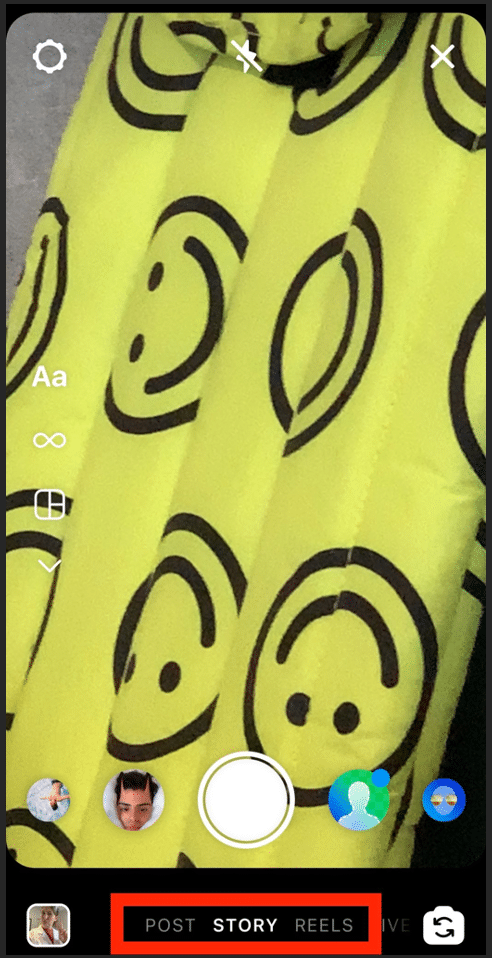
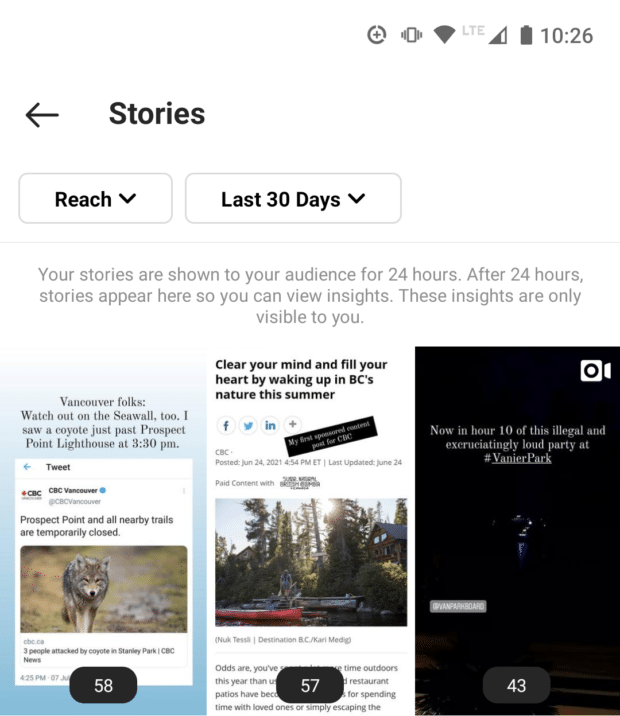
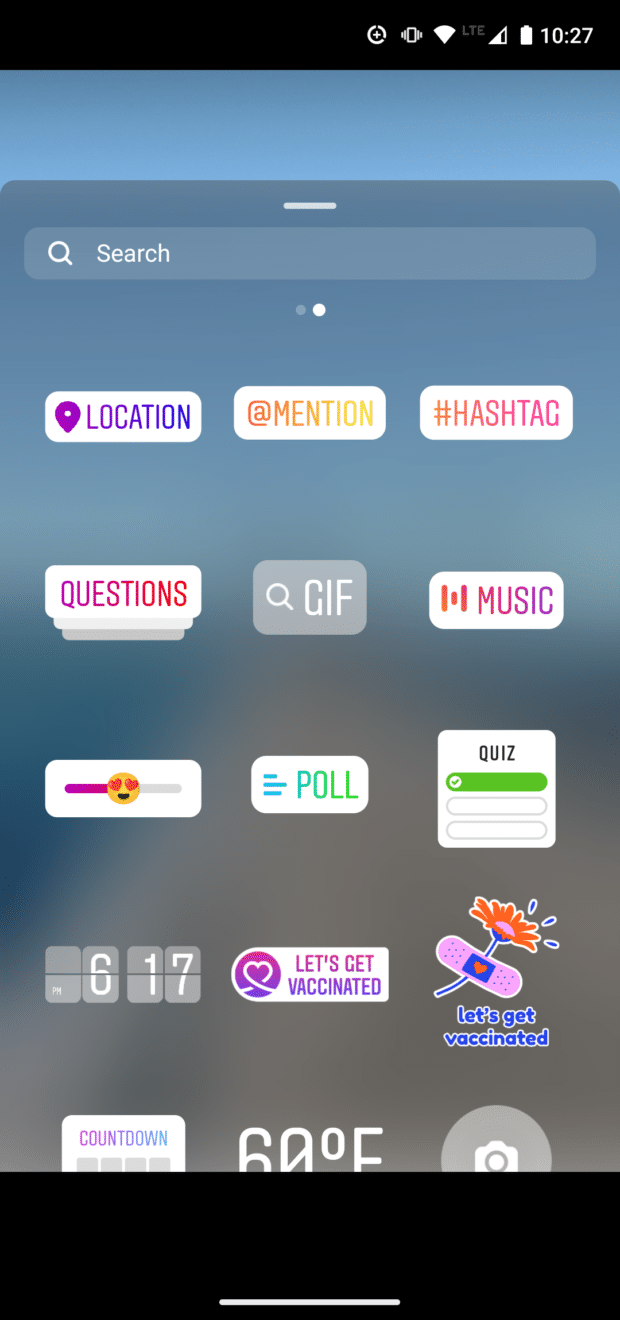
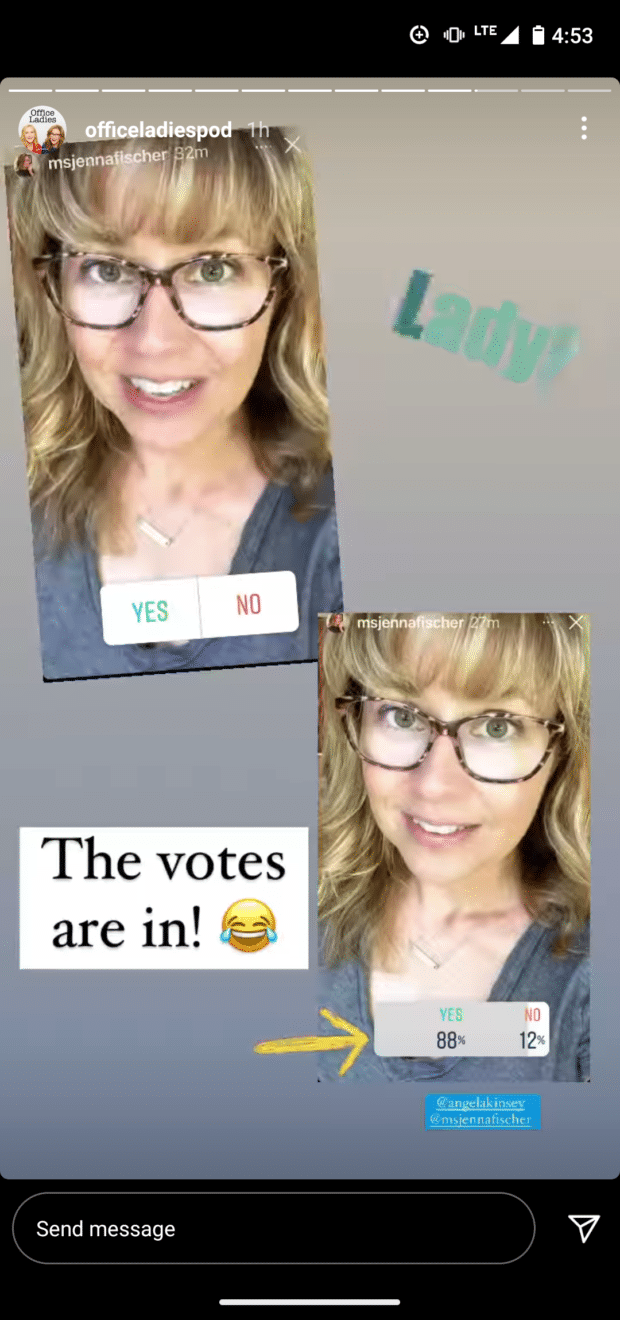
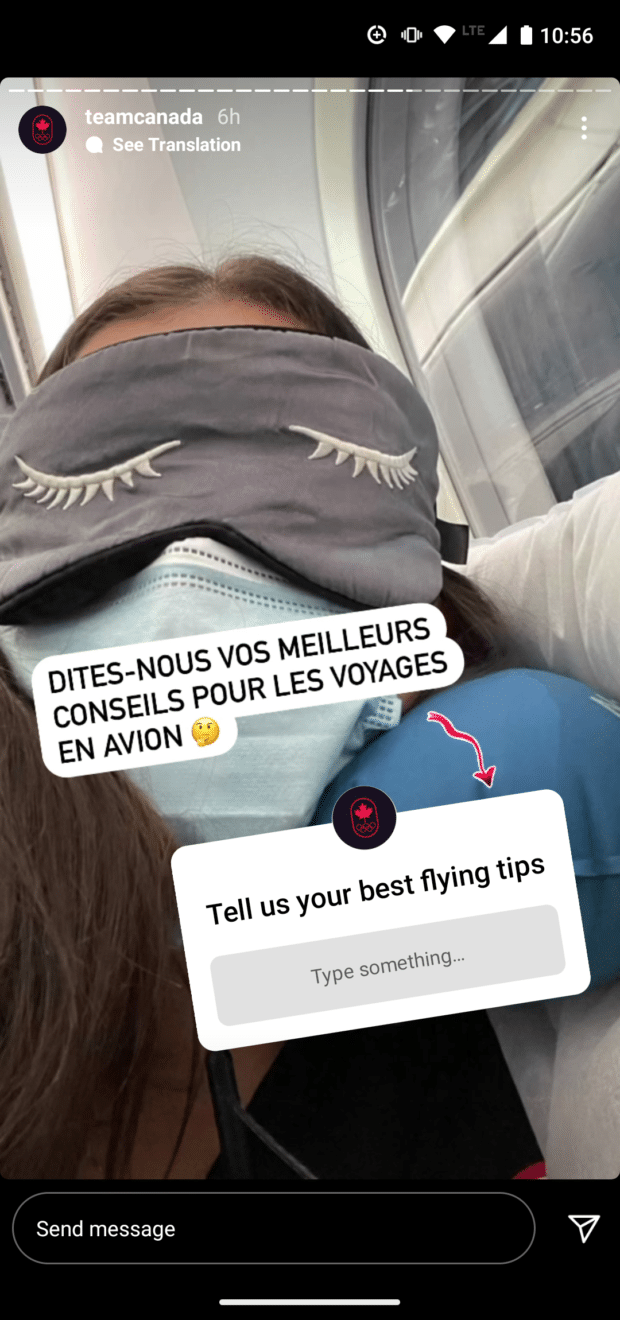

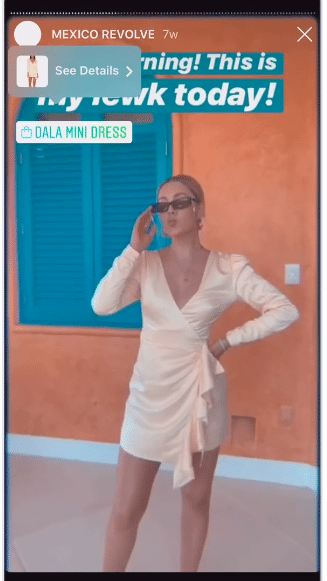
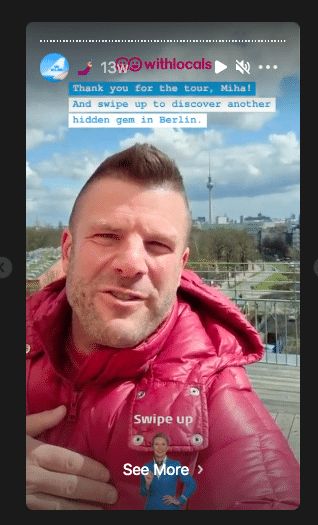





Recent Comments